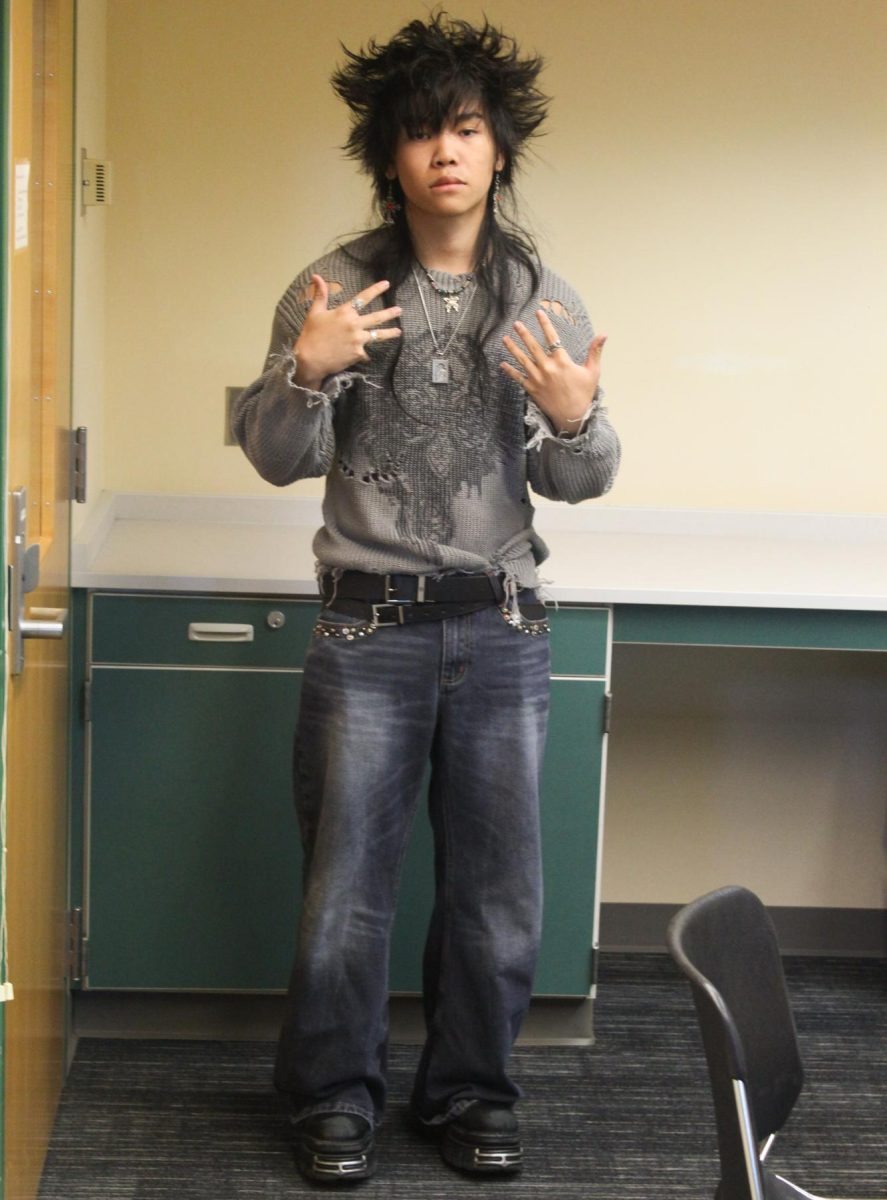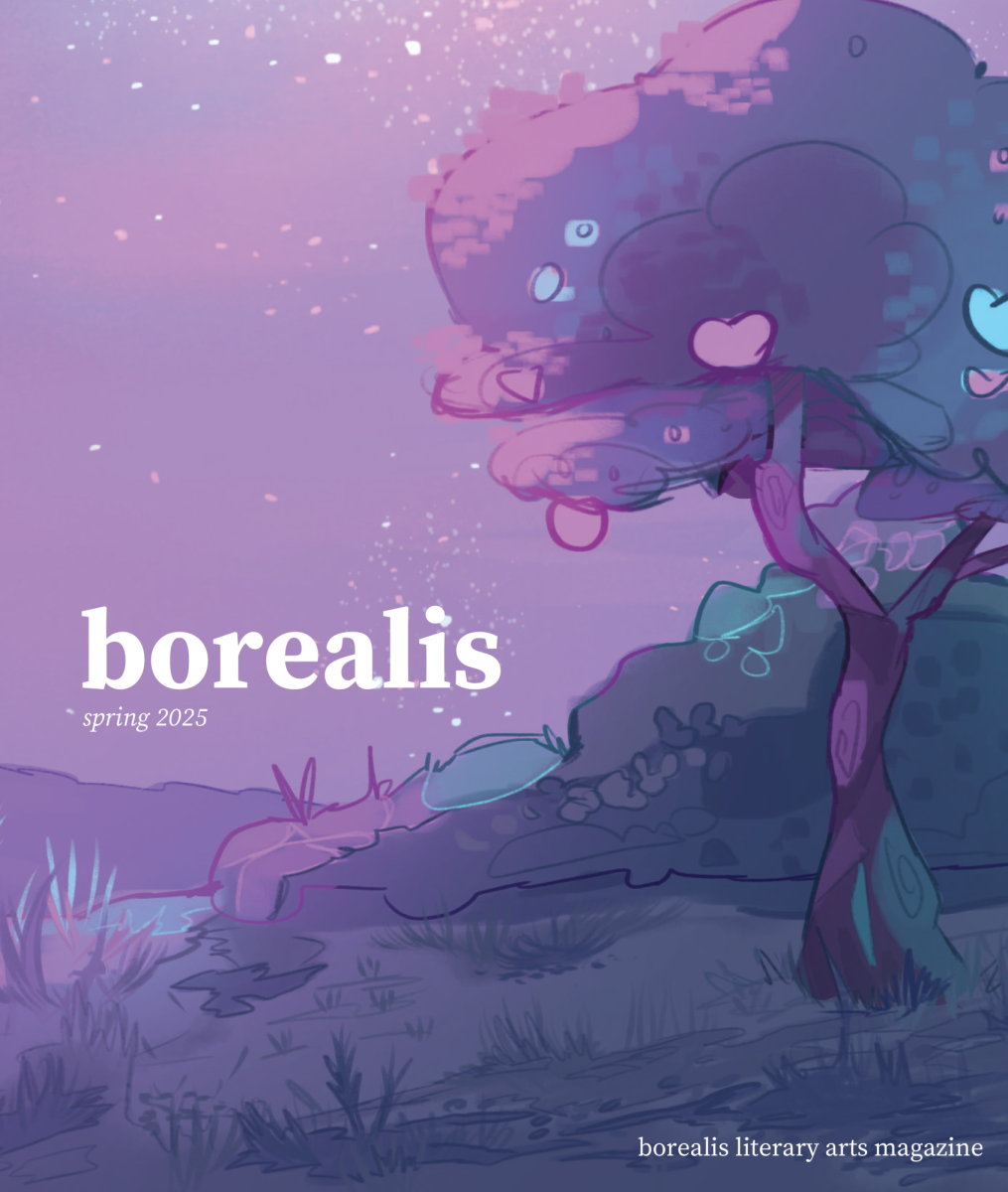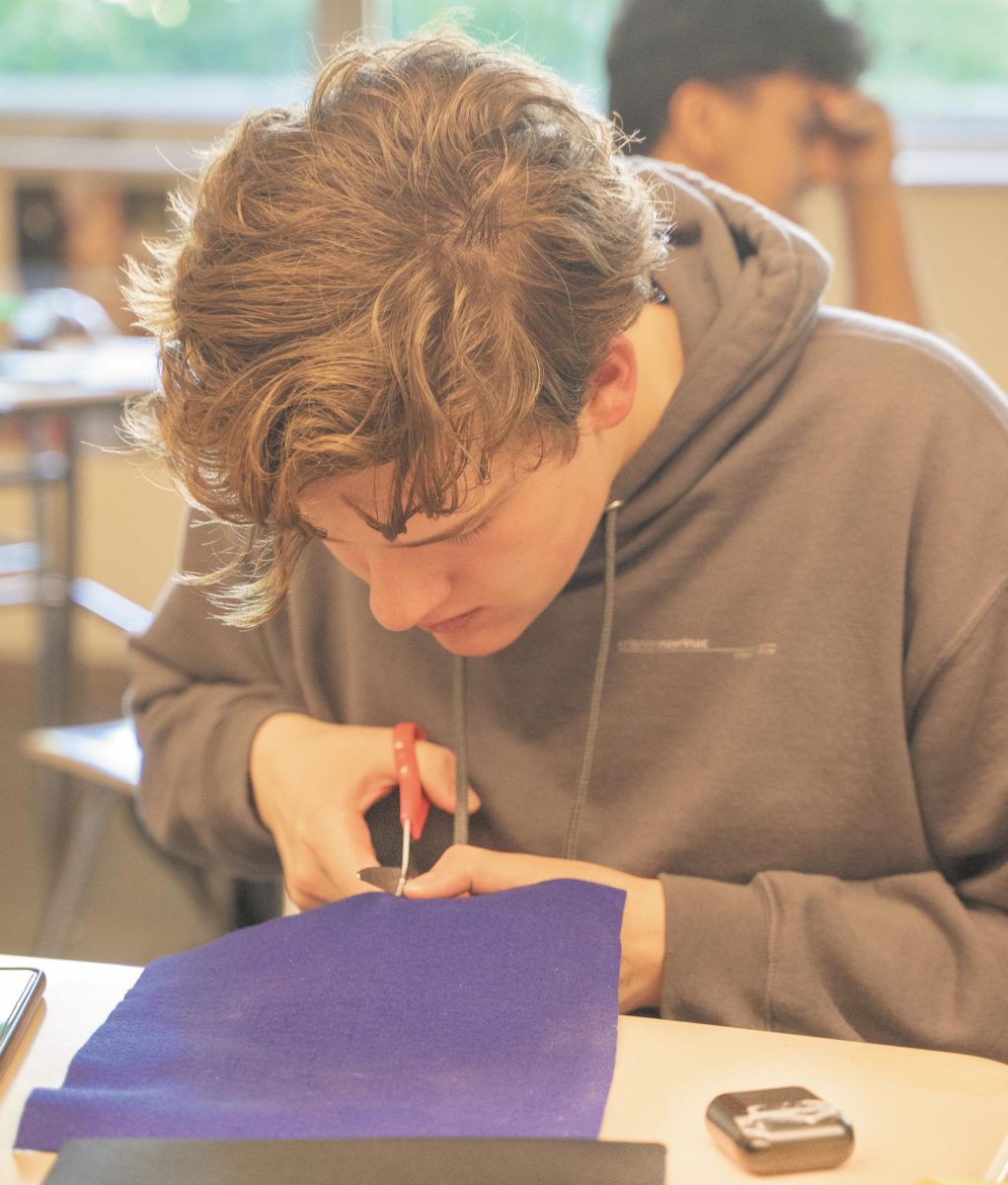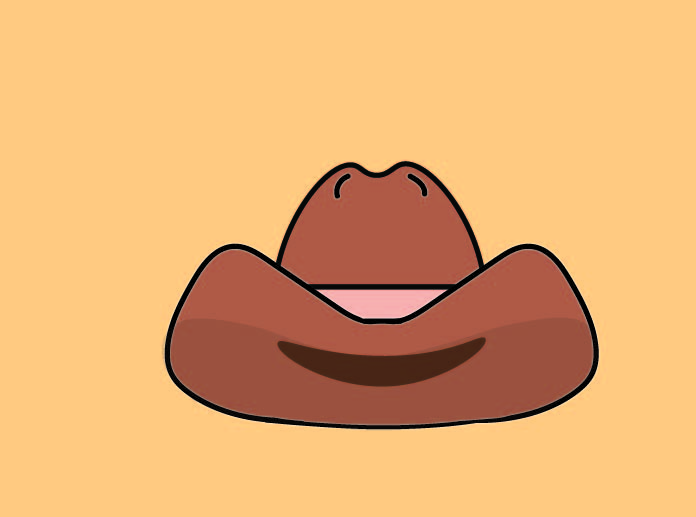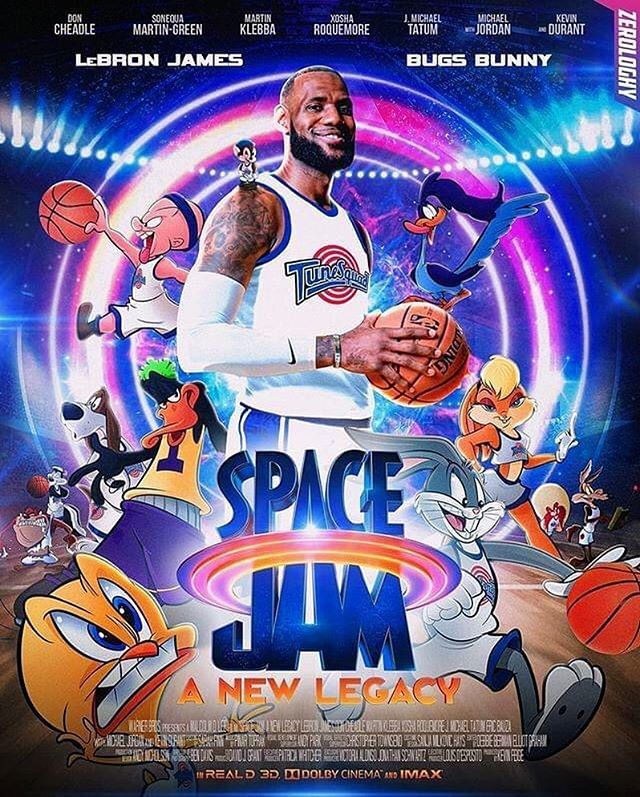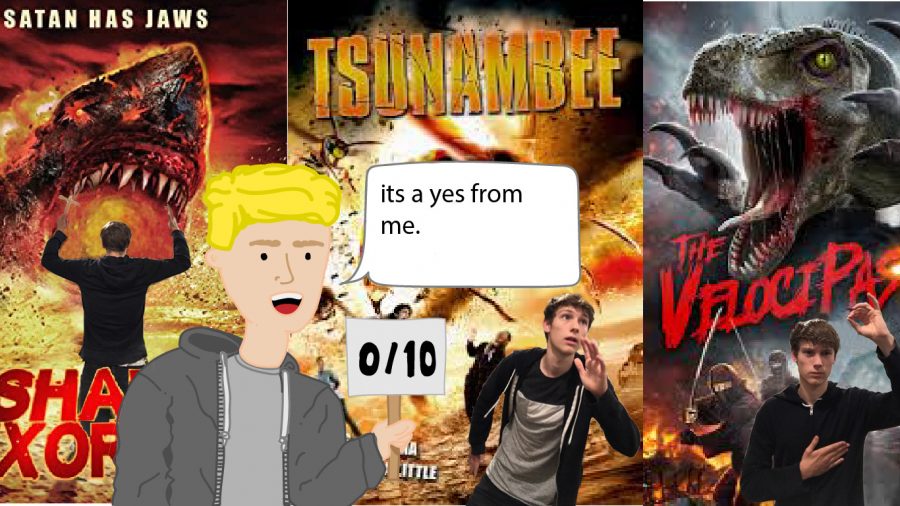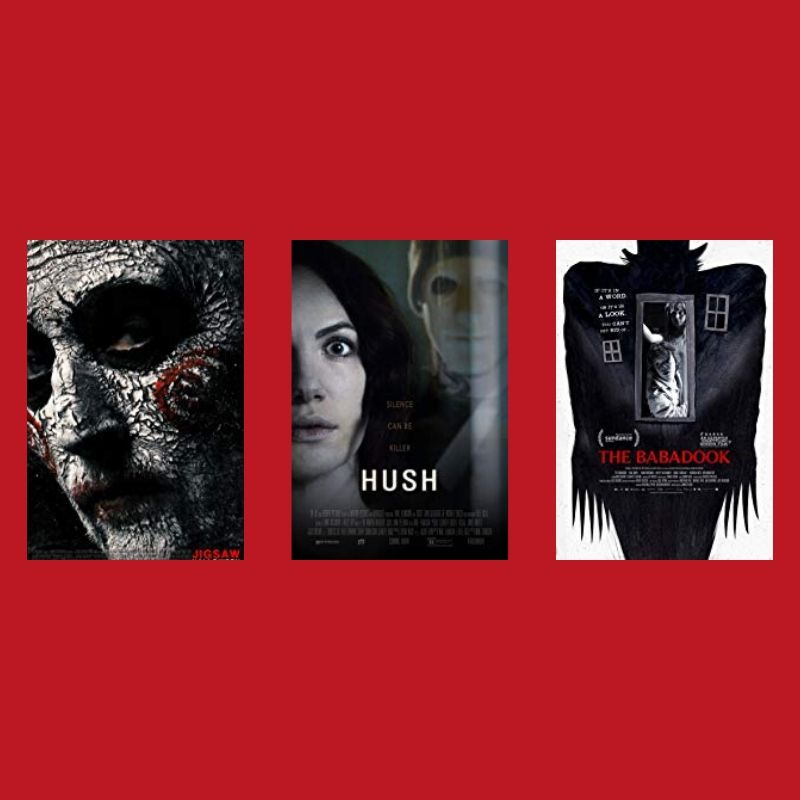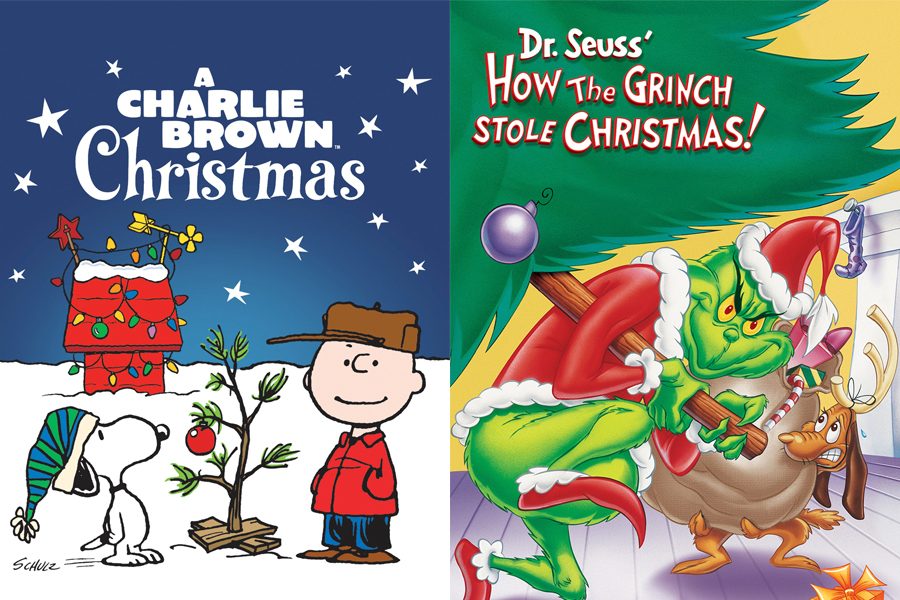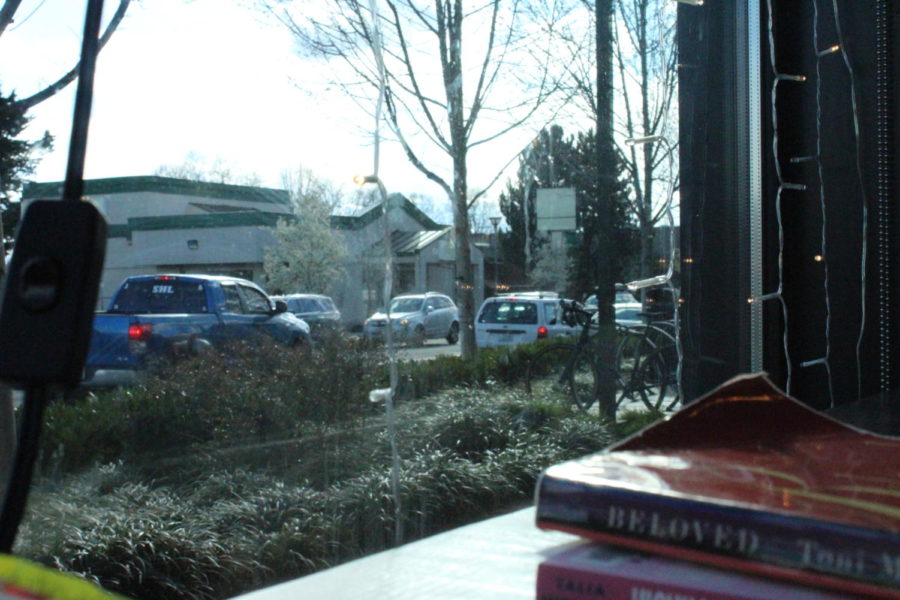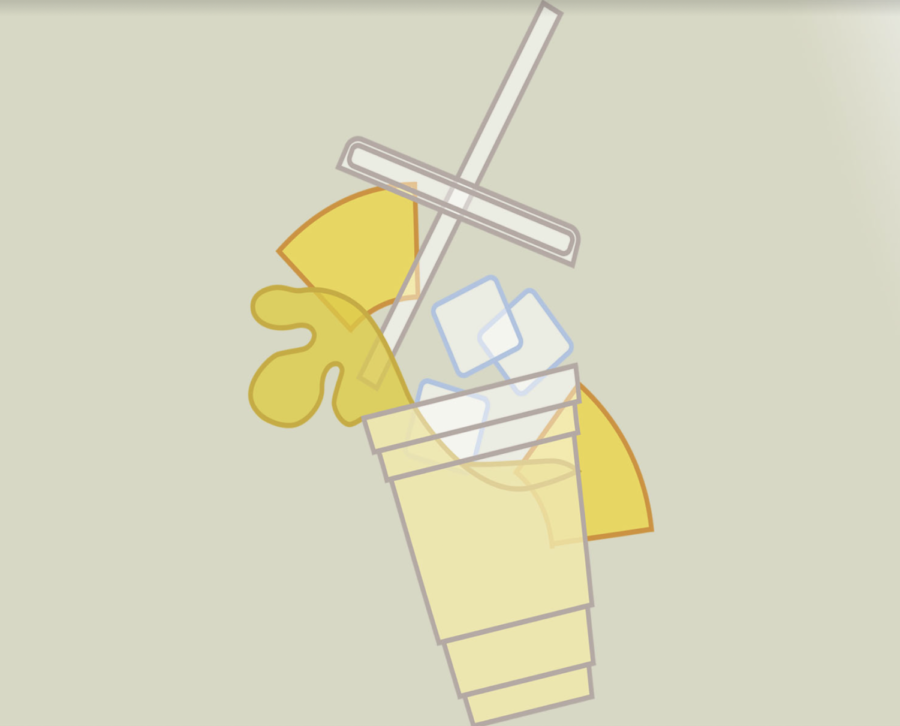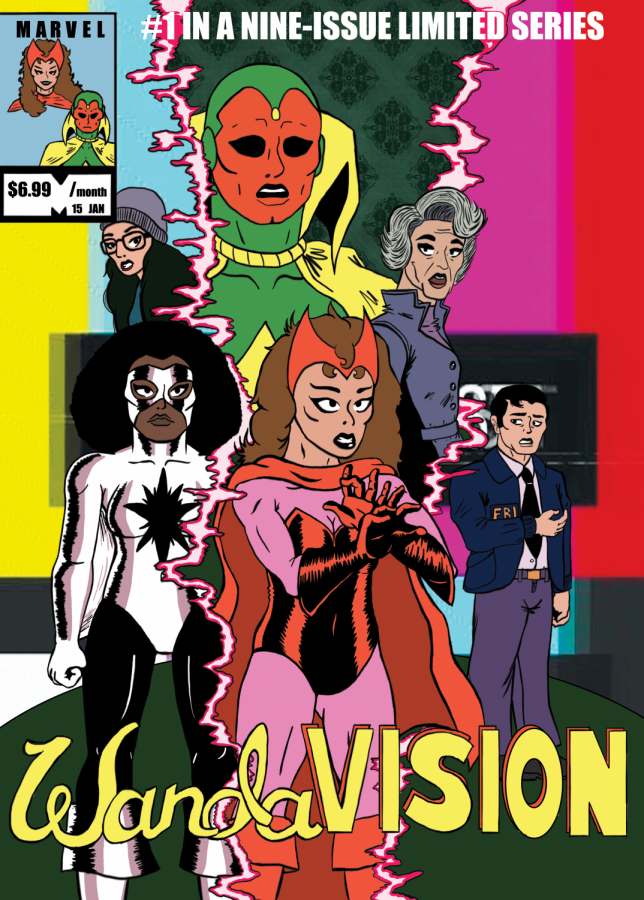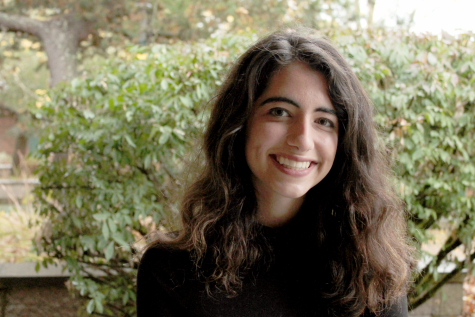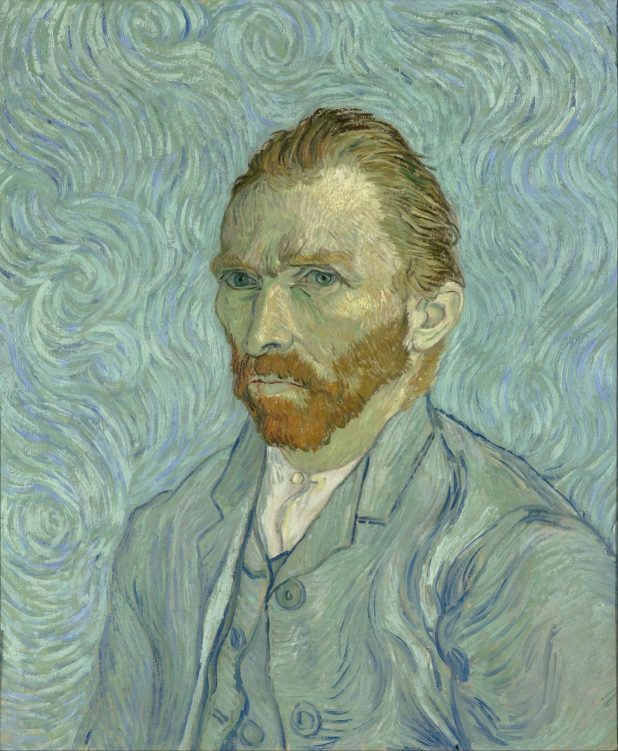
Directed by Dorota Kobiela and Hugh Welchman, “Loving Vincent” is the first-ever feature-length animation of its kind. Over 650,000 frames were hand-painted by over 100 artists in the impressionist stylings of Vincent van Gogh, and the effect is stunning: viewers will feel like they’ve fallen into “The Starry Night.” By allowing them to see the world through the lens of Van Gogh’s artistry, the film showcases his genius in a way that is truly magical.
However, alongside the impeccable animations, the plot is lacking. There are many ways to tell a story about Van Gogh; for some reason, writers Welchman, Kobiela and Dehnel settled on a classic whodunnit, which feels dishonest and oversimplified. The protagonist, Armand (voiced by Douglas Booth) travels to the location of Van Gogh’s death in an attempt to deliver a letter from the painter to his brother, Theo. After realizing both brothers are dead, Armand finds himself sucked into the mystery of how Van Gogh died: while physician Paul Gachet (voiced by Jerome Flynn) and his family are certain that the death was a suicide, many of the townspeople suspect foul play. While the controversy over the manner of Van Gogh’s death is real, the dialogue between characters feels artificial. Moreover, the fact that Van Gogh is not a central character — he only enters the narrative as a dark figure in black-and-white flashbacks — makes it clear that this isn’t really a film about his life. It’s about his death. As a result, the film never realizes its full storytelling potential.
Viewers won’t notice the shaky content when they sit in front of the screen, however. The hypnotic swirling of oil paint on a screen is a tribute to Van Gogh’s exquisite artistry, and the combined efforts of 125 artists infuse his original artwork with life, making “Loving Vincent” a rare and enchanting experience. After all, this is the first film of its kind. Never before have paintings been able to slip from their frames to the silver screen. “Loving Vincent” may fall short due to an underdeveloped plot, but it is best seen as a tantalizing peek at the future of animated filmmaking.



